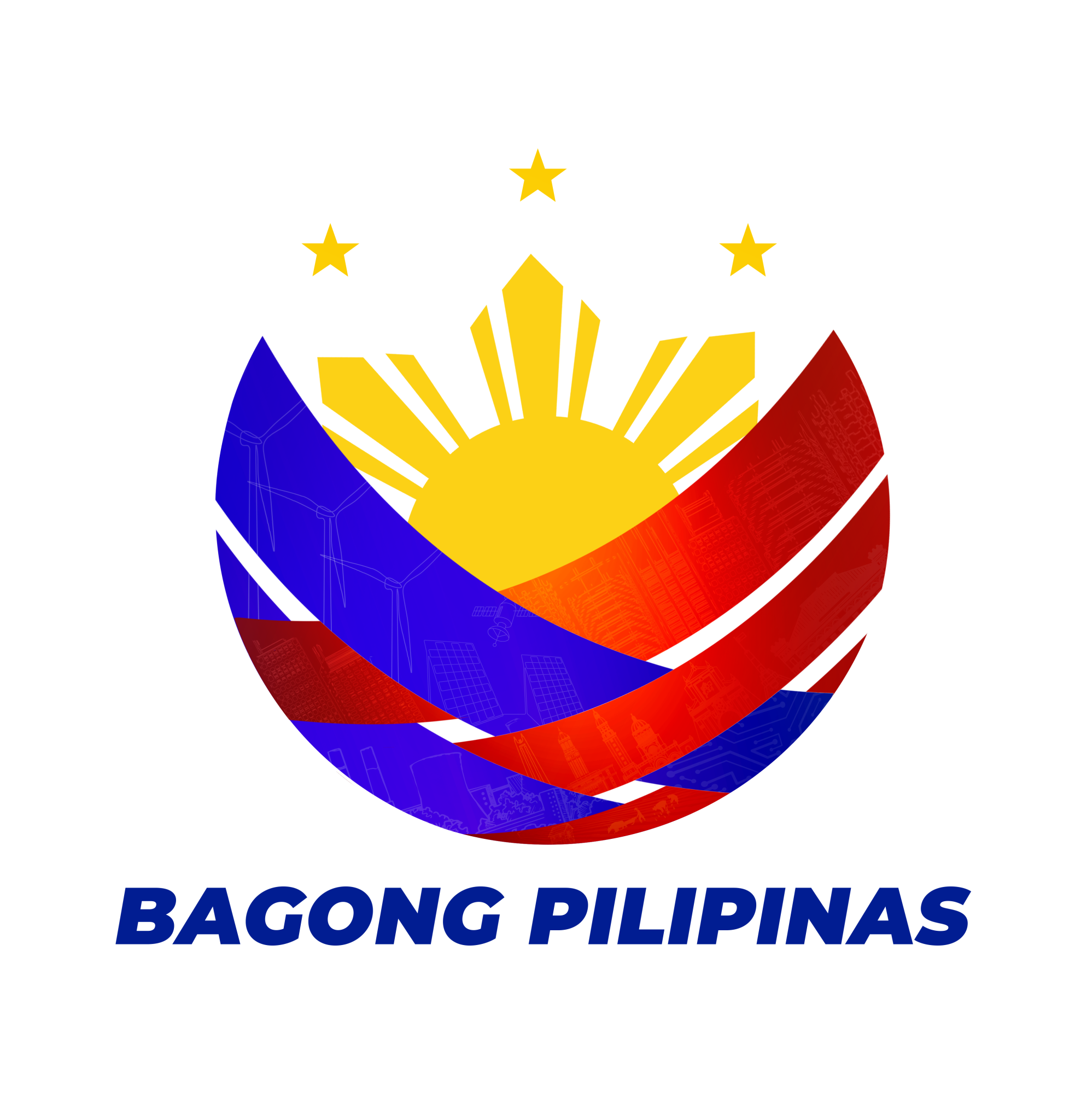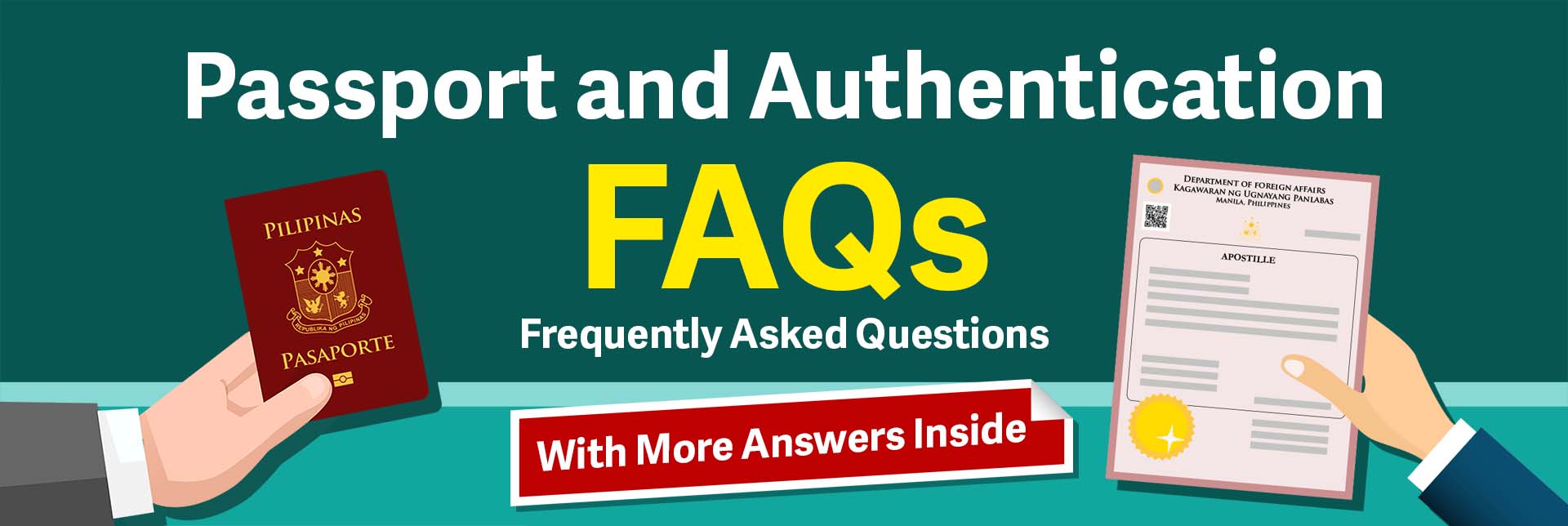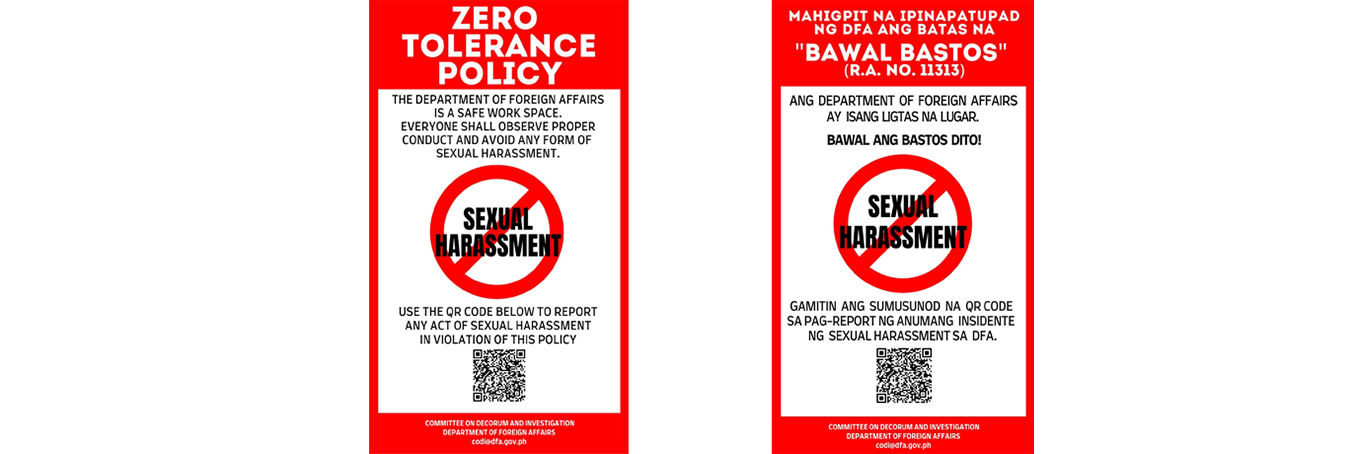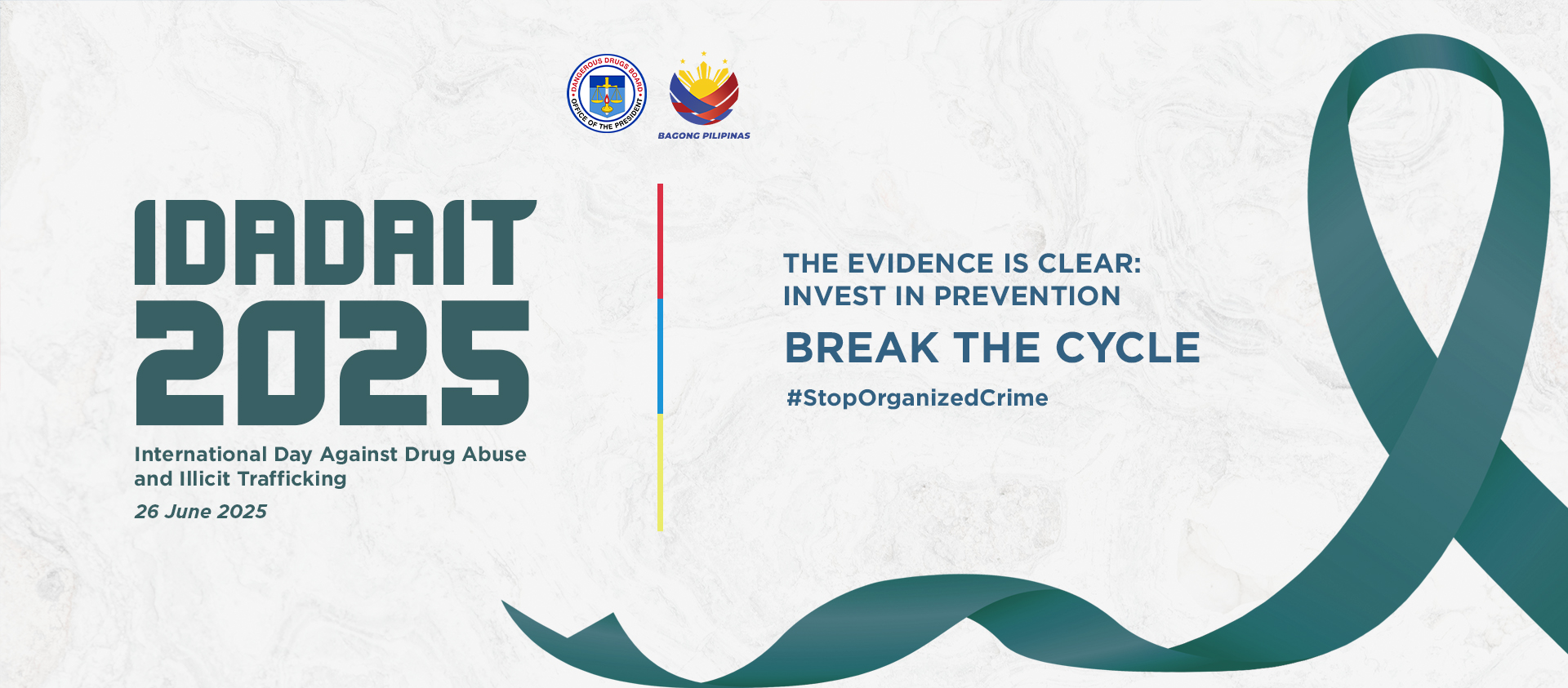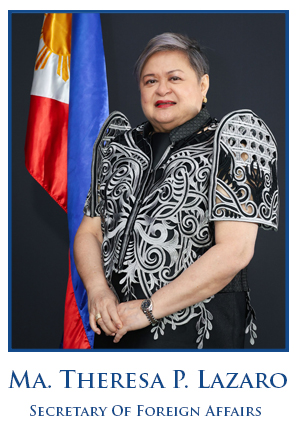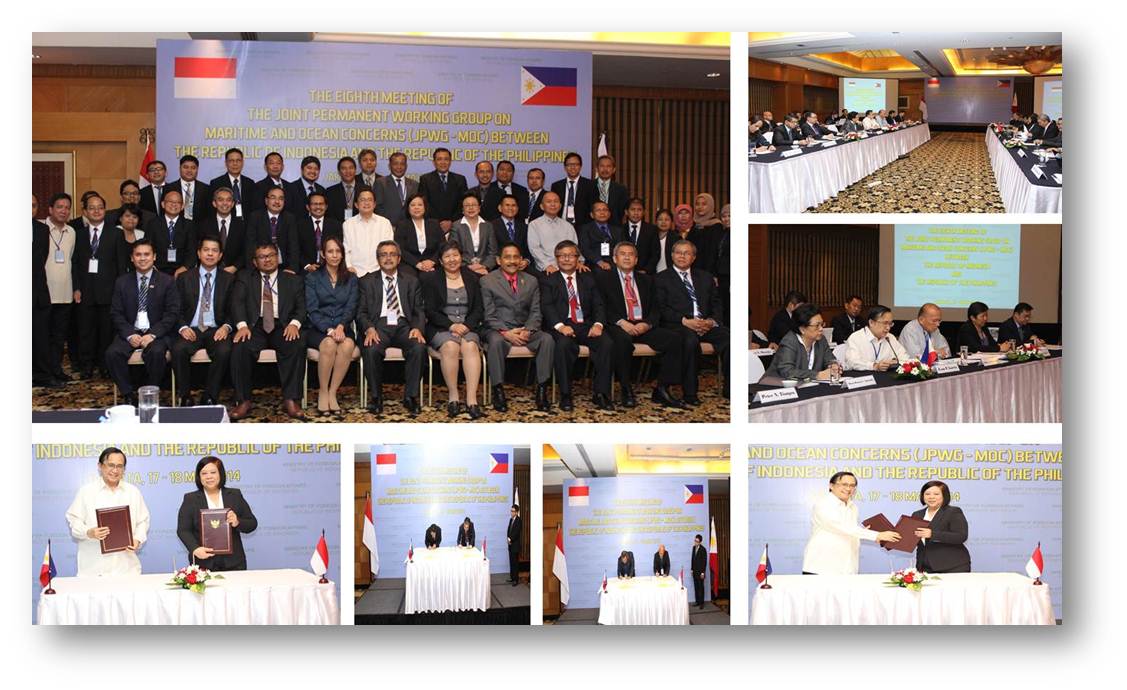
19 May 2014- The Philippines and Indonesia completed the negotiations for the delimitation of their overlapping exclusive economic zones (EEZs) in the Mindanao Sea and Celebes Sea with the finalization of the text of the Agreement and the chart on the EEZ Boundary.
Foreign Affairs Undersecretary for Policy Evan P. Garcia, head of the Philippine delegation, and Ms. Wiwiek Setyawati Firman, Acting Director General for Legal Affairs and International Treaties in the Indonesian Ministry of Foreign Affairs, endorsed for signing by their governments the “Agreement between the Republic of the Philippines and the Republic of Indonesia Concerning the Delimitation of the Exclusive Economic Zone Boundary.”
The two officials presided over the 8th Meeting of the Joint Permanent Working Group on Maritime and Ocean Concerns (JPWG-MOC) held on May 18 in Jakarta where their delegations reviewed the text of the Agreement and the chart showing the EEZ Boundary.
“The conclusion of the negotiations attests to the friendship, patience, goodwill and commitment of the Governments of the Philippines and Indonesia to peacefully address maritime issues. This is a significant contribution to, and an example of, reasonable efforts to build a stable and peaceful regional community, in consideration of the interests of countries concerned and in accordance with international law,” Undersecretary Garcia noted in his opening remarks.
Undersecretary Garcia also stressed in his opening remarks the importance of a clearly defined maritime boundary between the Philippines and Indonesia as it will “promote more cooperation in the EEZ in order to advance our common interest of managing and preserving the resources in the EEZ for the benefit of our peoples.”
He added that the Philippines learned so many lessons in the 20-year negotiations on the delimitation of the overlapping EEZs, particularly on the principles and the methods that were applied to reach an EEZ boundary line. Philippine Ambassador to Indonesia Maria Rosario C. Aguinaldo, and Mr. Gilberto Asuque, Head of the Philippine Technical Working Group on Maritime Boundary Delimitation and Deputy Chief of Mission of the Philippine Embassy in Tokyo, assisted Undersecretary Garcia during the meeting, along with the other members of the Philippine delegation.
The 8th meeting of the JPWG-MOC was preceded by the 4th Preparatory Meeting of the Technical Team held on May 17 also in Jakarta where the diplomats, hydrographers and the cartographers of the two countries prepared the text of the Agreement and the details of the chart for the consideration of the JPWG-MOC.
Mr. Asuque and Mr. Octavino, Director for Political, Security and Territorial Treaties and Head of the Indonesian Technical Working Group on Maritime Boundary Delimitation, led their respective technical panels in the preparatory meeting for the 8th Meeting of the JPWG-MOC.
Undersecretary Garcia and Acting Director General Firman exchanged copies of the Record of Discussion of the 8th JPWG-MOC that included the draft Agreement and the chart which they endorsed for signing by Foreign Affairs Secretary Albert F. del Rosario and Foreign Minister Dr. R.M. Marty M. Natalegawa at the soonest possible time.
The charts illustrating the EEZ Boundary were signed for the Philippines by Dr. Peter N. Tiangco, Administrator, National Mapping and Resources Information Authority (NAMRIA) and Capt. Jacinto Cablayan, Director, Hydrography Branch, NAMRIA, and for Indonesia by Mr. Asep Karsidi, Head of the Indonesian Geospatial Information Agency and Cdr. Dede Yuliadi, Chief Hydrographer, Hydro-Oceanographic Office, Indonesian Navy.
The Philippines and Indonesia commenced the negotiations for the delimitation of their overlapping EEZs in June 1994 with the establishment of the JPWG-MOC with its Sub-Working Groups and the Joint Technical Team. The JPWG-MOC and Technical Team held series of alternating meetings from 1994 to 2014 in the Philippines and Indonesia to come up with a delimitation line for the overlapping EEZs in the Mindanao Sea and Celebes Sea.
The signing of the Agreement on the EEZ Boundary is the culmination of 20 years of negotiations by diplomatic and technical representatives of the two archipelagic states to find an equitable solution to their overlapping EEZs. END

